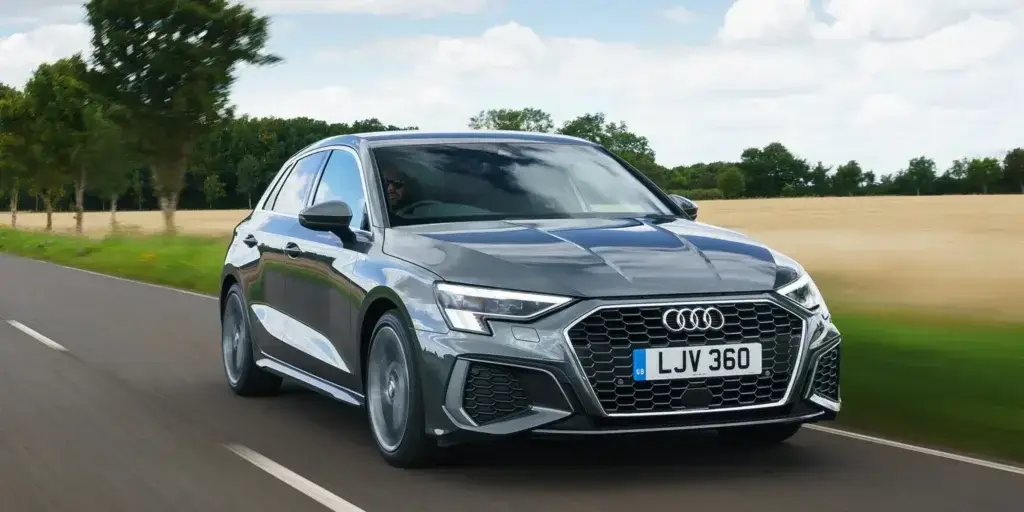Part exchanging a car is a great way to get an upgrade or switch to a new or used car. However, if you are currently in the middle of a car finance agreement you may be wondering if it’s possible or you could be unsure of the process.
In this guide, we’ll be taking a look at how part exchanging a financed car works, the things you should consider before going ahead and the alternative options you have.
Before we dive in, we’ll first take a look at what part-exchanging a car means. If you know which section you’d like to learn more about use our handy links below.
- How to part exchange a car on finance
- What is part-exchange on a car?
- Can I part exchange my car with outstanding finance?
- Part exchanging a car with negative equity
- Part exchanging a car with positive equity
- Advice for part-exchanging a car on finance
- Alternatives to part-exchanging
- Should I part exchange a car on finance?
- Part exchanging a car on finance FAQs



